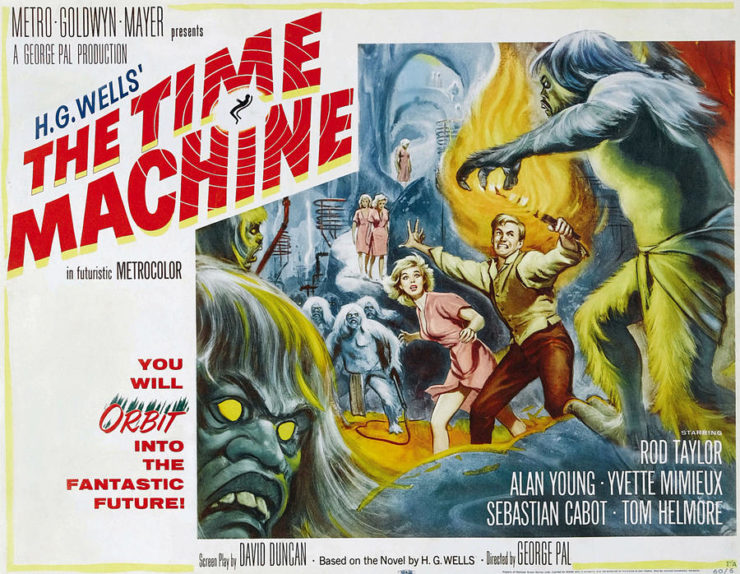Many SF fans—particularly those old enough to have consumed articles about Moon colonies, L5 colonies, and Mars colonies that no doubt lay in the immediate future (a future that never materialized)—feel some frustration that we humans never made it to Mars, much less to any planets outside the Solar System. BUT! There are other possibilities if we wish to explore an alien world. This very planet could become an alien world. Indeed, if we were to travel back in time, we would find that Earth was an alien world, nothing like the current planet we know and love (but not enough to refrain from destroying it).
Sufficient O2 to breathe is a comparatively recent development, as are land plants and land animals. Some eras had global glaciations that make the one that ended 12,000 years ago look like minor cooling. Someone dropped a few billion years in the past would find a world with a dimmer Sun, a closer (and thus larger-appearing) Moon, and an environment decidedly hostile to humans.
Who knows what will happen in Earth’s future? Even if we don’t trash it ourselves, other things might happen. If you want live on a strange, inhospitable, and alien world, perhaps all you need do is wait.
Unsurprisingly, a number of SF authors have played with the notion that Earth has been transformed into a functionally alien world. Consider these five venerable works.
The Time Machine by H. G. Wells (1895)
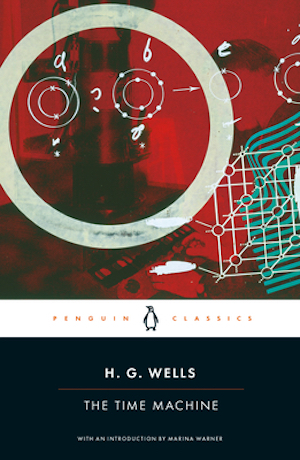
Having devised a means of travelling through time (frankly, the title is something of a spoiler), the Time Traveller takes a comparatively short jaunt into the future. While there has been marked social evolution by A.D. 802,701, little of it desirable, that Earth is nearly identical to ours. Towards the end of the novel, however, the Traveller journeys 30,000,000 years into a future shaped by Lord Kelvin’s calculations, to find the Earth now quite forbidding:
At last, more than thirty million years hence, the huge red-hot dome of the sun had come to obscure nearly a tenth part of the darkling heavens. Then I stopped once more, for the crawling multitude of crabs had disappeared, and the red beach, save for its livid green liverworts and lichens, seemed lifeless. (…)
Beyond these lifeless sounds the world was silent. Silent? It would be hard to convey the stillness of it. All the sounds of man, the bleating of sheep, the cries of birds, the hum of insects, the stir that makes the background of our lives—all that was over.
All is not quite as depressing as first appears, for there is still life in the form of “a round thing, the size of a football,” with tentacles.
Earth’s Last Citadel by Henry Kuttner and C. L. Moore (1943)
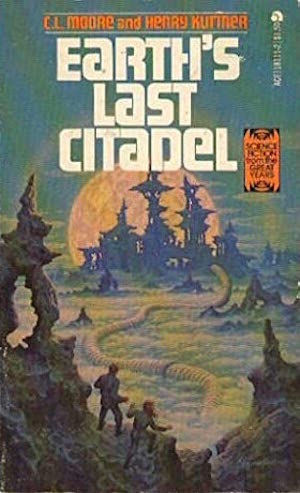
Axis agents Karen Martin and Mike Smith ambush Allied agent Alan Drake and genius Sir Colin just as Drake and Sir Colin discover an alien Light Wearer spaceship. All four are bewitched into entering the mysterious vessel. When they emerge, the travellers find themselves trapped in the distant future. The Moon, much closer now, looms large and Earth appears to be barren and lifeless.
However, despite eons of domination by the alien Light Wearers, there are still a very few humans left. Some, the pampered pets of the now-vanished Light Wearers, enjoy meaningless lives of G-rated hedonism in the last city on Earth. Meanwhile, the last remnant of undomesticated humanity scratches out a precarious existence in the wilderness. Impoverished Earth cannot support both groups. Survival for one must mean the extinction of the other. Who will be lucky enough to live on is a matter the four castaways must decide…and two of the party are Nazis.
“One Face” by Larry Niven (1965)
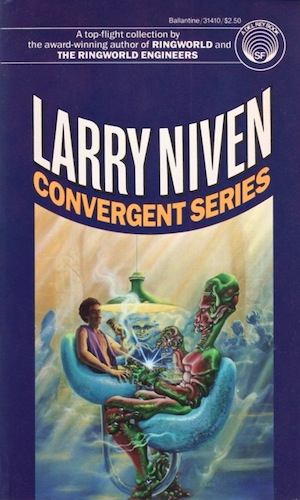
With their ship crippled by collision with space debris, it takes the travellers in this story some time to discover that their dire situation is actually much worse than they first realize. The ship’s star charts cannot determine where their last jump took them. This is because their final destination was not so much a where so much as a when.
The Solar System billions of years from now is inhospitable. The Sun has evolved off the main sequence, through a red giant phase, and is now a white dwarf. The Moon is gone. The Earth is an airless world tidally locked to the Sun. Not very inviting, but it’s where the castaways will spend the rest of their lives. On the plus side, if they cannot find some way to survive using only the equipment on their damaged ships, those lives won’t be very long.
“Stars, Won’t You Hide Me?” by Ben Bova (1966)
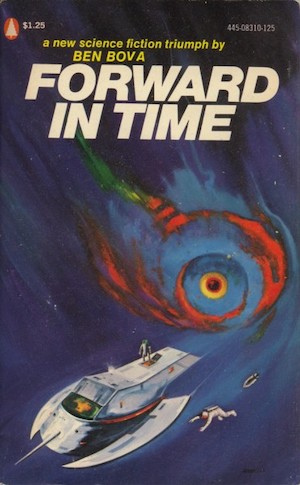
Humanity claimed the universe for their own. Having sufficiently vexed the Others, the universe’s true guardians, the entire human species is slated for extermination on each of the millions of worlds occupied by humans. Holman is one of the few survivors…perhaps the only one.
It’s only natural that Holman would flee all the way back to Earth. He overlooks one minor detail. Starships are limited to lightspeed. By the time Holman crosses intergalactic space, the Sun has aged into a white dwarf and the Earth is long dead. Spending his remaining days on Earth is not an option but he might, if cosmology favours him, escape the Others.
Earthchild by Doris Piserchia (1977)
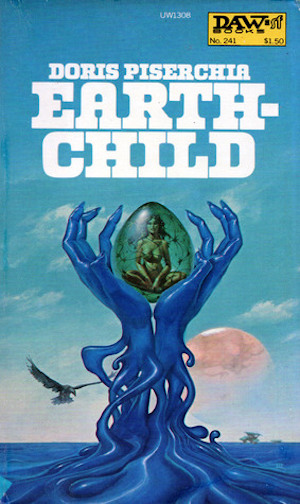
A visitor from the 20th century might not guess that the Earth that Reee calls home is only a short distance into the future, at least as mountains measure time. Dominated by Indigo, a vast, protean being, the Earth looks utterly alien. Nor would the hypothetical visitor have much time to correct their error before the swarms of voracious predators living with Indigo made short work of the tasty visitor.
Raised on Earth, Reee is adept at surviving her homeworld’s conditions. The Martians are another matter. The last remnants of humanity, the Martians raid their lost homeland for humans to shore up their numbers. What Reee knows but the Martians do not: Indigo can spawn convincing human replicas. If even one of them reaches Mars, then Mars will be transformed just as Earth was.
***
No doubt many of you have your own favourites not mentioned above. Comments are, as ever, below.
In the words of fanfiction author Musty181, prolific book reviewer and perennial Darwin Award nominee James Davis Nicoll “looks like a default mii with glasses.” His work has appeared in Publishers Weekly and Romantic Times as well as on his own websites, James Nicoll Reviews (where he is assisted by editor Karen Lofstrom and web person Adrienne L. Travis) and the 2021 and 2022 Aurora Award finalist Young People Read Old SFF (where he is assisted by web person Adrienne L. Travis). He is a four-time finalist for the Best Fan Writer Hugo Award, and is surprisingly flammable.










